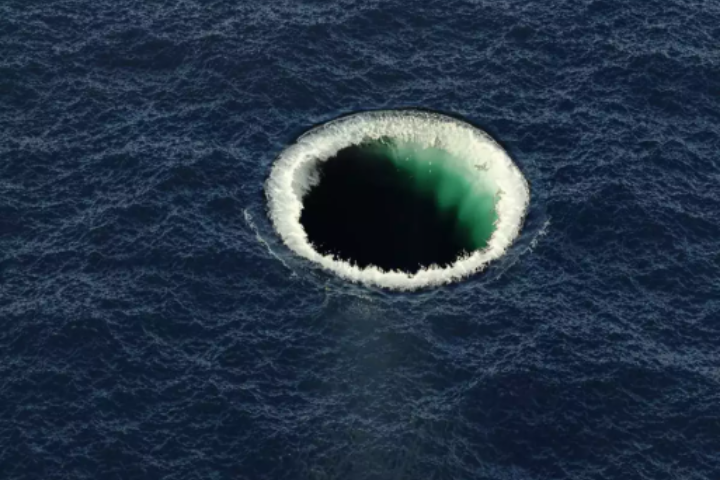Earth’s gravitational field contains an unusual anomaly known as the “gravity hole,” located in the Indian Ocean. Discovered in 1948, this region has sea levels 348 feet lower than anywhere else on the planet due to an exceptionally weak gravitational pull.
Recent research published in Geophysical Research Letters sheds light on the origin of this gravity hole, linking it to the ancient Tethys Ocean’s demise and the shifting of tectonic plates millions of years ago. This study offers new insights into Earth’s interior and its connection to other planets, like Mars.
The Gravity Hole Enigma
Well, it is located in the Indian Ocean and is a gravity anomaly in which Earth’s gravitational forces are significantly weaker. It was discovered in 1948, and the sea levels in this region are 348 feet lower than everywhere else around it. Although known for thousands of years, a recent 2023 study on this “gravity hole” finally solved the mystery of how it came to be.
It is believed that the ancient Tethys Ocean, which separated the supercontinents Laurasia and Gondwana, is responsible for the gravity anomaly. It is while Earth’s crust sank with this ocean when Gondwana broke apart; that supposedly caused the indent in Earth’s gravitational field, creating the weak pull experienced in this area.
The African Blob and Low-Density Magma
The idea that these clusters make up part of the gravity hole’s formation lies beneath Earth, where highly dense materials from the “African blob” interact with low-density magma. This blob, located beneath Africa, is made of crystallized magma and stands 100 times taller than Mount Everest. As it interacts with the surrounding mantle, it causes a displacement of material that weakens the gravitational pull in that region of the gravity hole.
This study suggests that the movement of low-density magma from the African blob into deeper mantle layers explained the weakening of gravity. The process does not only explain the anomaly in the Indian Ocean but may also hold a clue as to similar phenomena occurring on Mars, in which scientists believe such blobs are possibly present as well.




GIPHY App Key not set. Please check settings